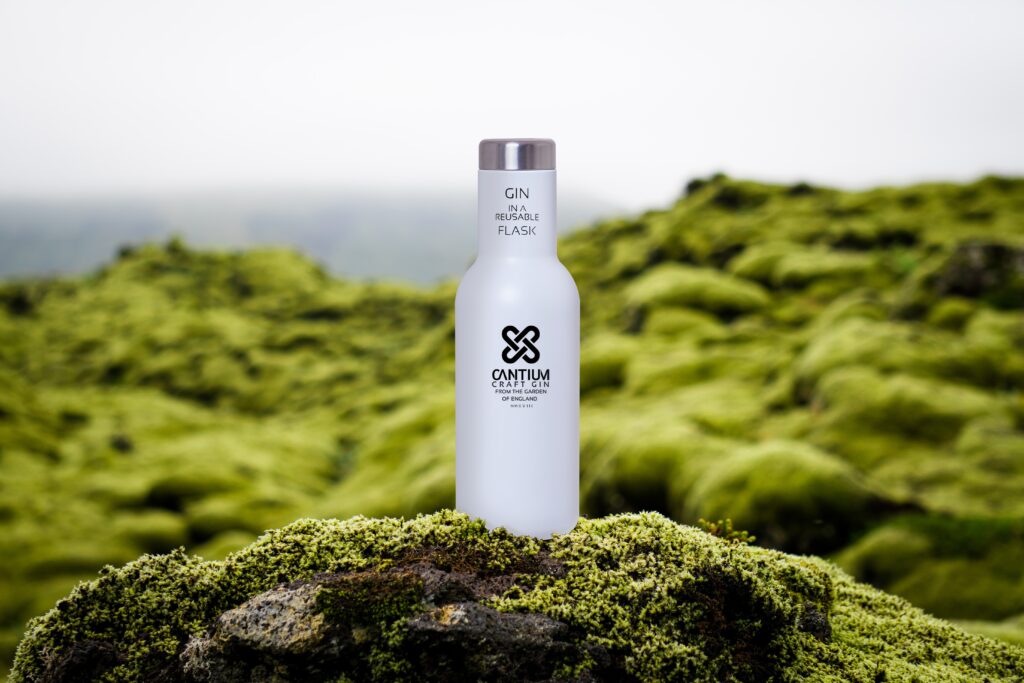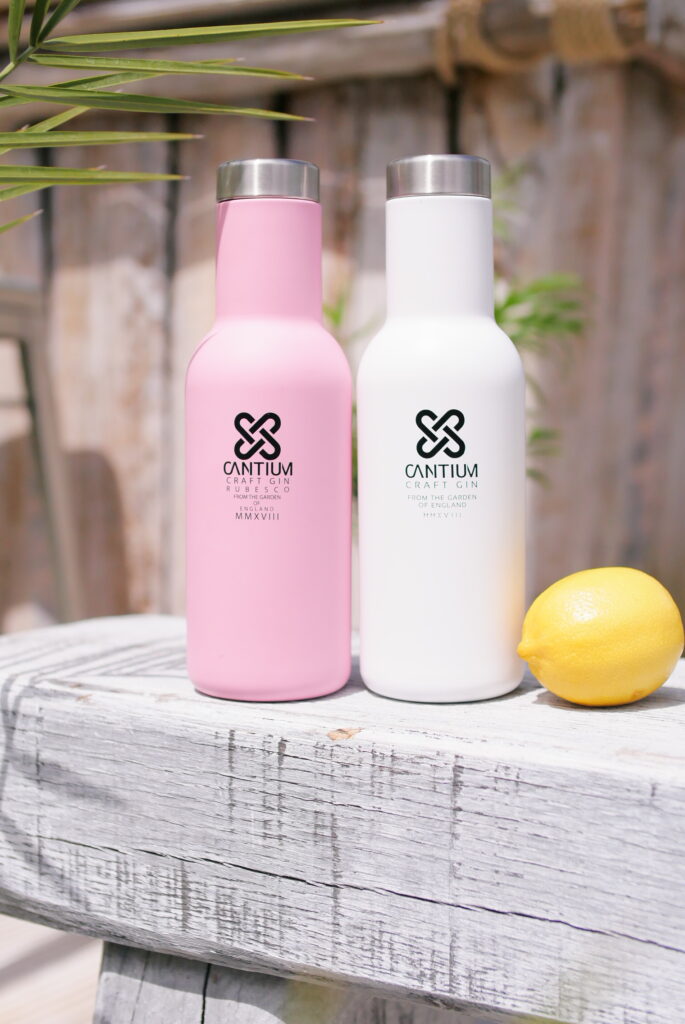
I admit to feeling tired for much of my day, and I’m always on the lookout for that magical remedy which will transport my body back to ‘what it used to be’.
My problems started after breast cancer (see my book below) – almost certainly due to the anti-oestrogen therapy I needed, which converted my gentle coast towards menopause into a helter-skelter break-neck hurtle. I felt as if I had a major leak in my energy tanks, and the more I tried to power through, the more drained I felt. In honesty, I’ve never quite got back to what I still fondly regard as ‘normal’.
So I’m intrigued by Brain Bombs, developed by Dorota Cloke, an RSPH-qualified nutritionist, who also describes herself as a biohacker, someone who uses science to improve body and/or brain.
Brain bombs are frankly delicious, super-chocolatey functional snacks. There are three types, each containing a blend of active ingredients including:
- Lion’s Mane and Ashwagandha, to enhance focus, memory, and mental clarity.
- Other adaptogens to calm the mind and improve resilience.
- Healthy organic fats to provide sustained energy without the crash.
Lion’s Mane (a mushroom) and Ashwagandha (a plant root) are well-known herbal remedies. As with most herbal remedies, they don’t have the wealth of clinical trial data one expects for approved medicines, however both have been used for many years in traditional Asian medicine such as Ayurveda and I personally have found Ashwagandha very helpful. Lion’s Mane contains vitamins and essential minerals and is believed to have various therapeutic properties. Adaptogens is a word used in Ayurveda, referring to herbs or supplements which are thought to act on the hypothalamic-pituitary-adrenal axis, which controls the body’s stress response.
Brain Bombs come in three types. One is predominantly dark chocolate (85%), with avocado, pistachio, pumpkin seeds, hemp hearts, matcha, dates and sea salts.
The second type contains 65% chocolate with raw cocoa, tahini, and sour cherries.
The final variety has similar basic ingredients with the addition of almonds.
They all contain Lion’s Mane, Ashwagandha and Maitake (a mushroom thought to have beneficial effects).
Having road tested all three – they are simply scrumptious. However because they have no added sugar and contain healthy fats, I found them very satisfying and wasn’t left with that ‘just one more’ urge despite the yummy chocolatey taste.
They made me feel immediately energised, calm and satisfied and this lasted from mid-afternoon through to my evening meal. My body is thanking me for serving it a proper wholesome and healing snack (perhaps for a change).
So if the run up to Christmas stress is getting to you, I can totally recommend these fabulous treats. Available from Brain Bombs, they cost £19.50 for a cute egg-box pack of six freshly prepared for delivery every Tuesday. Treat yourself and feel better.

By Dr K Thompson, author of From Both Ends of the Stethoscope: Getting through breast cancer – by a doctor who knows

http://www.amazon.co.uk/dp/B01A7DM42Q http://www.amazon.com/dp/B01A7DM42Q
Note: These articles express personal views. No warranty is made as to the accuracy or completeness of information given and you should always consult a doctor if you need medical advice.

















